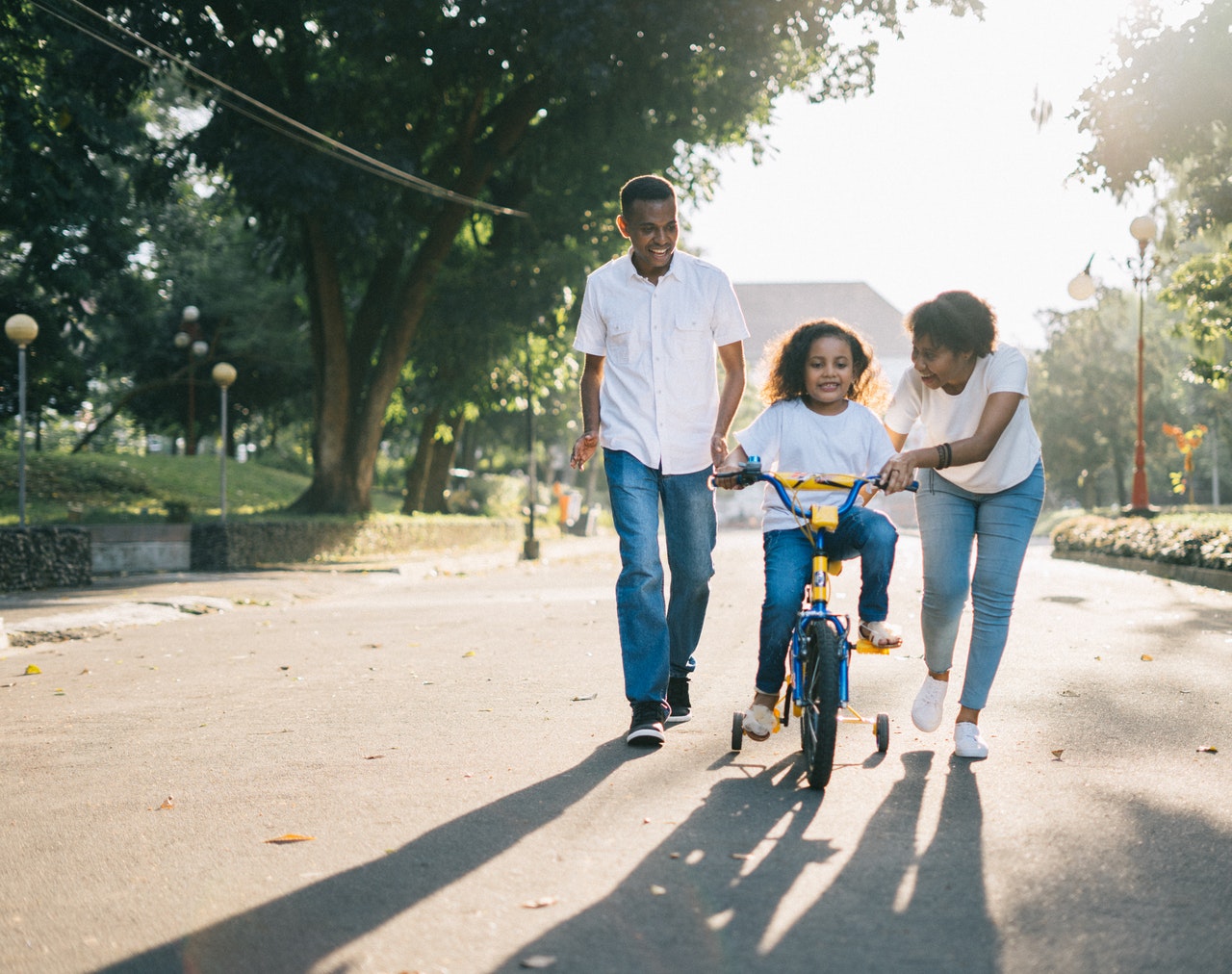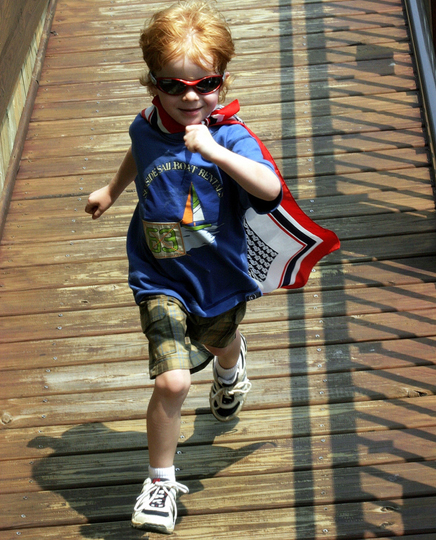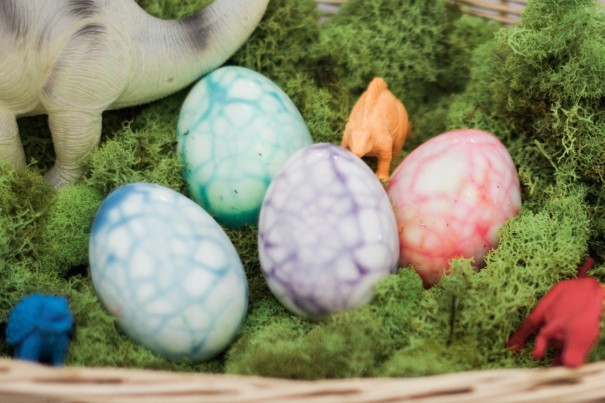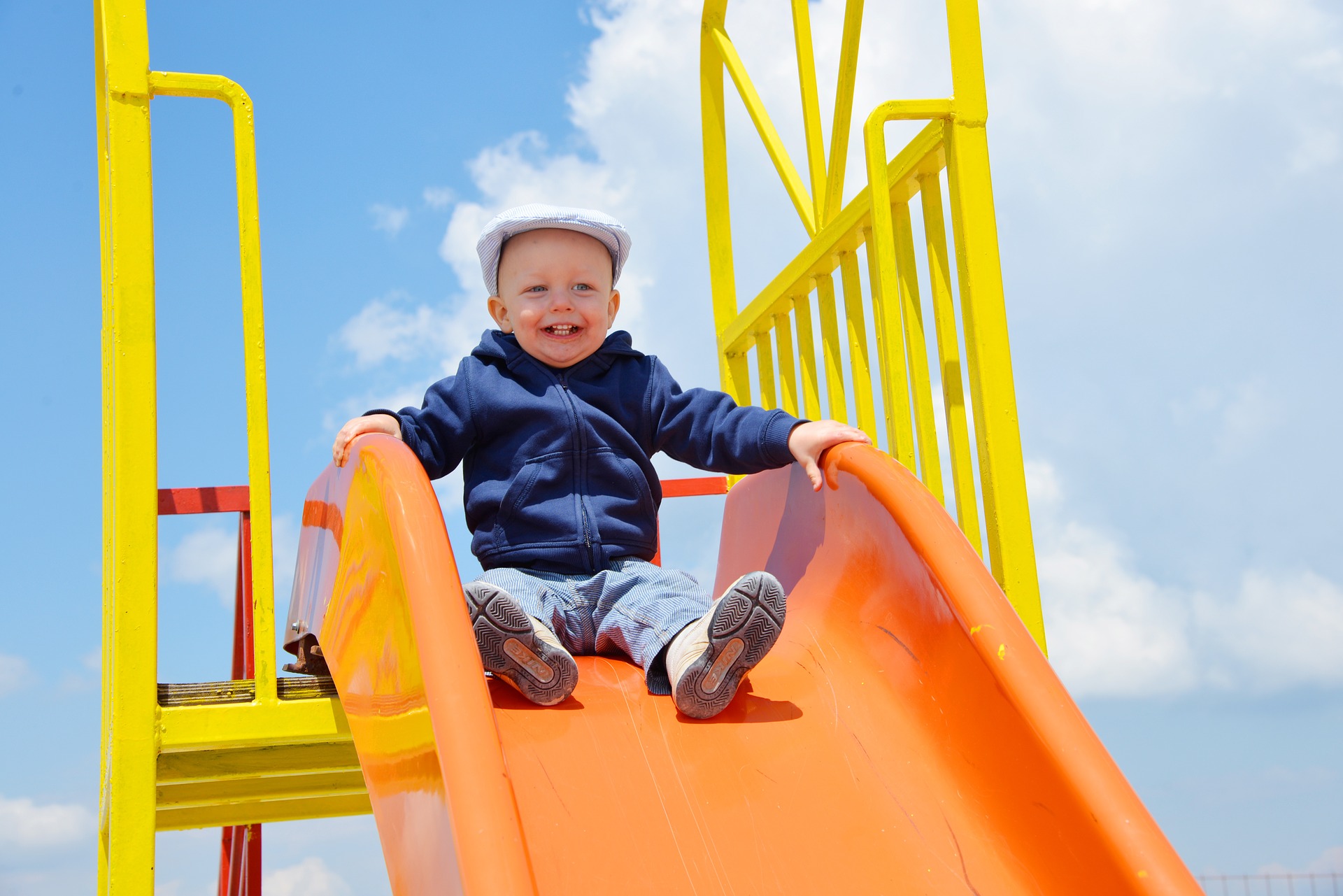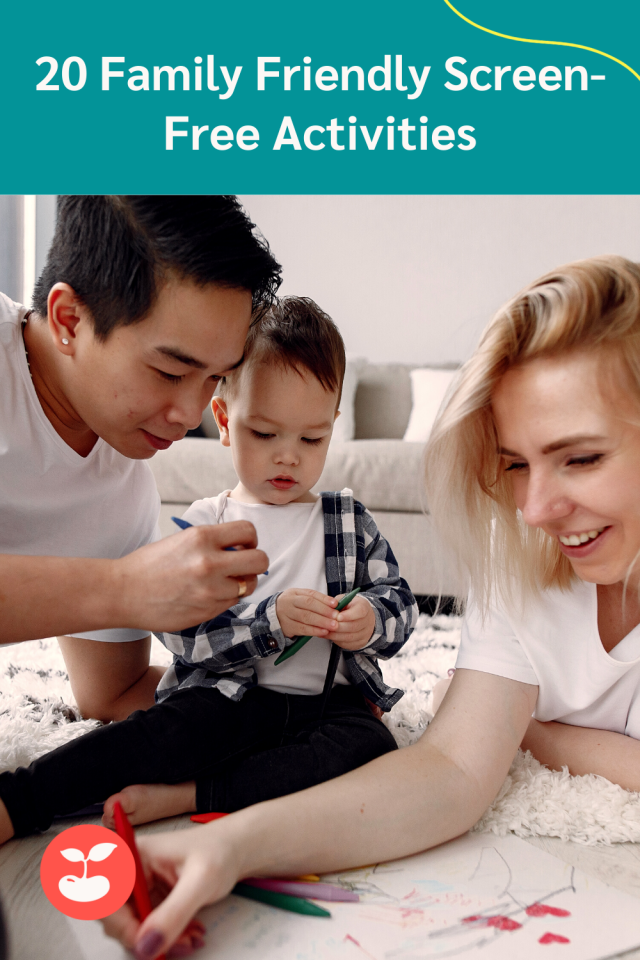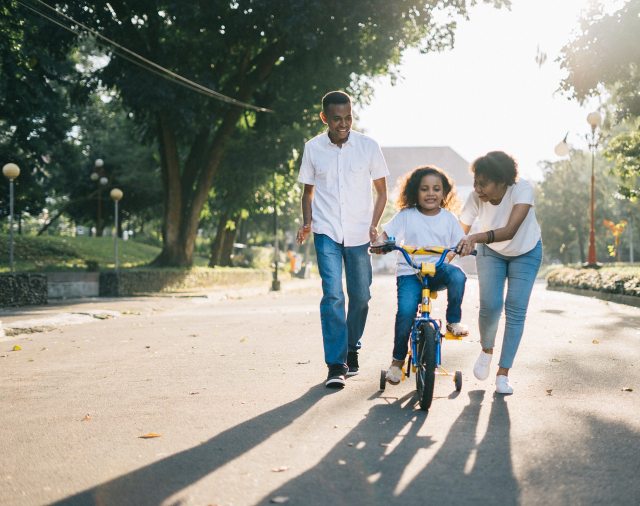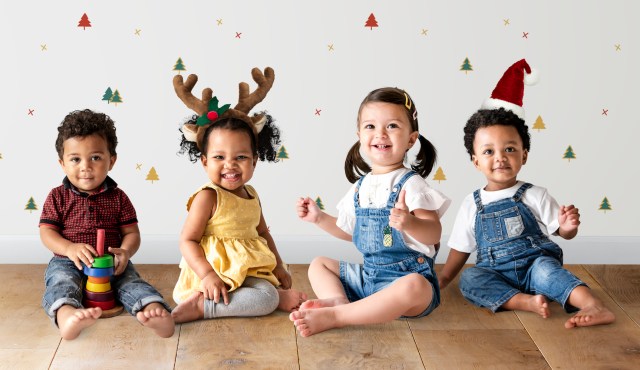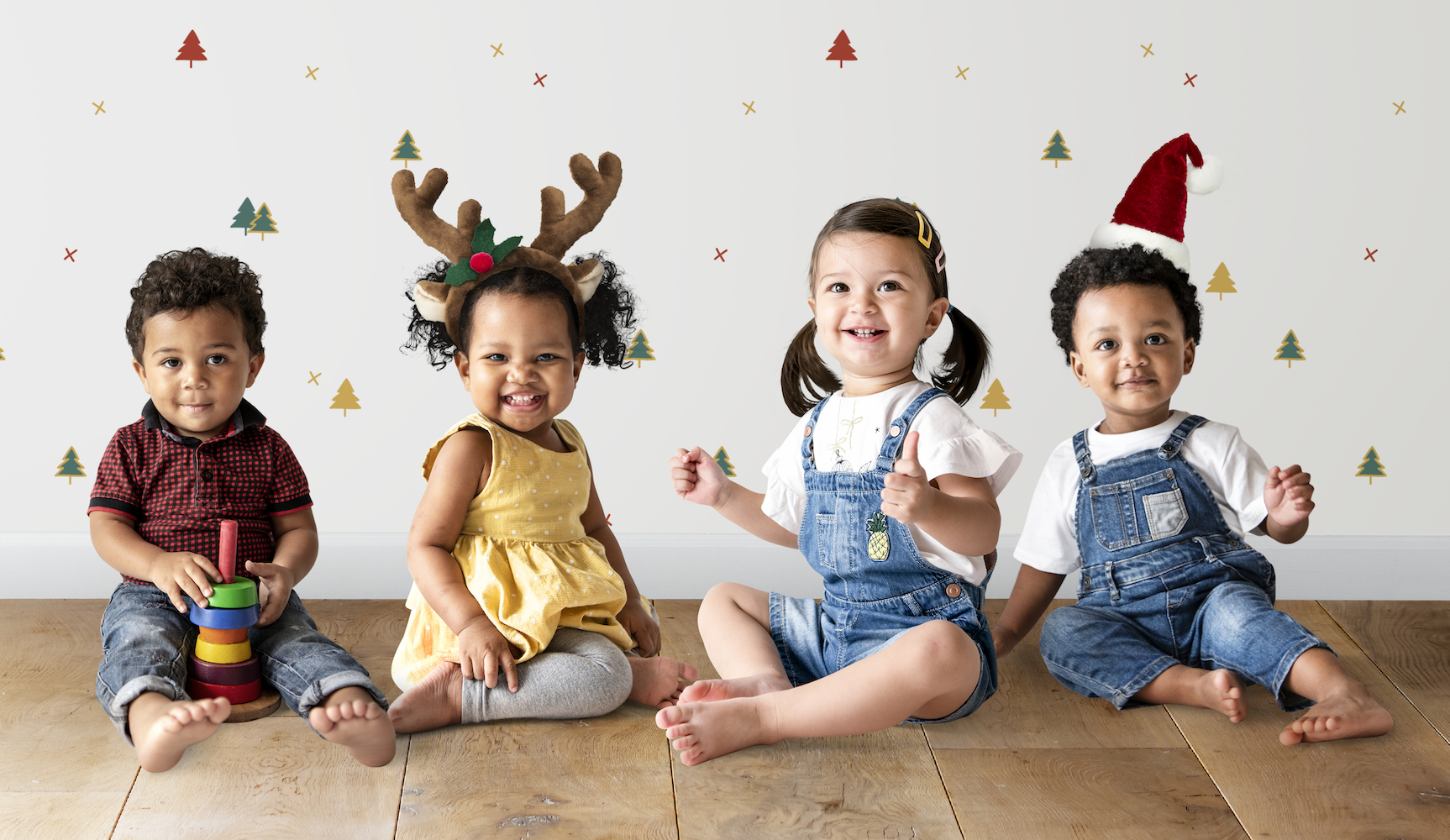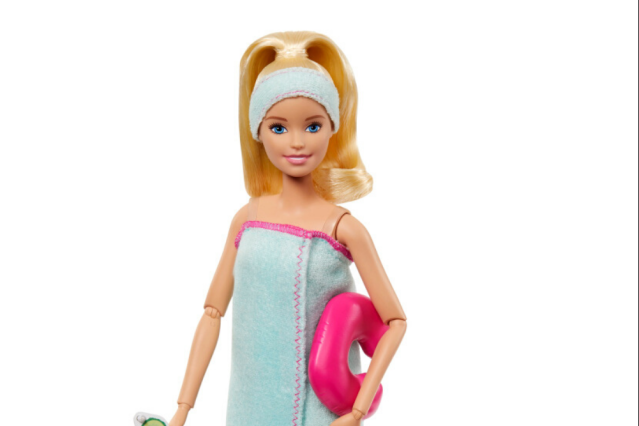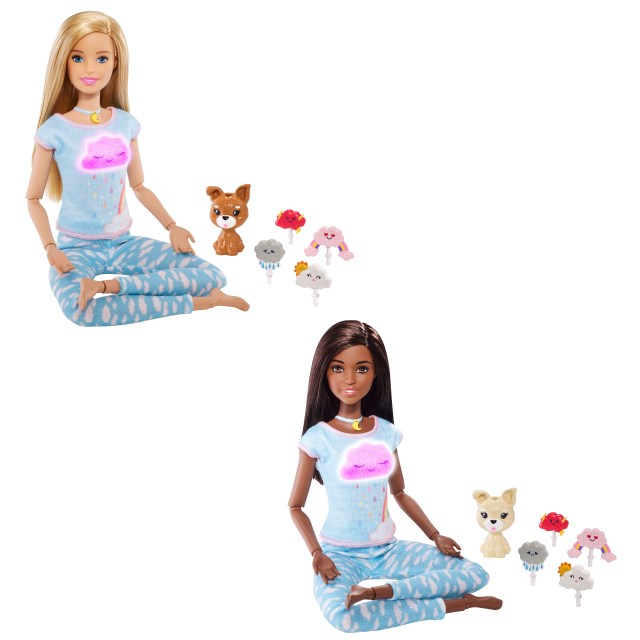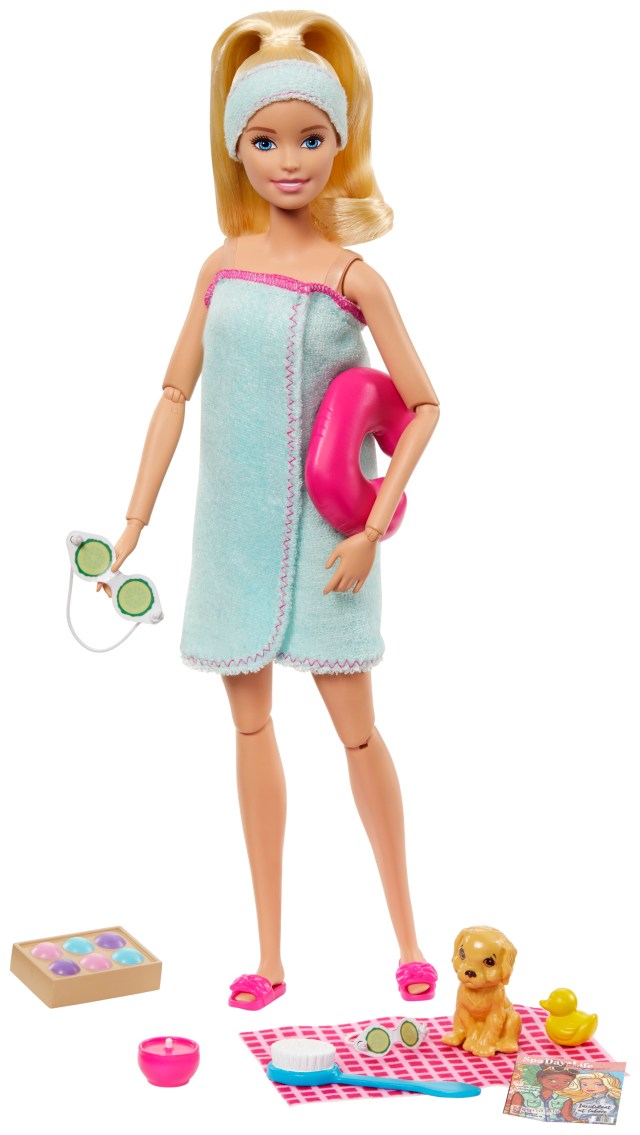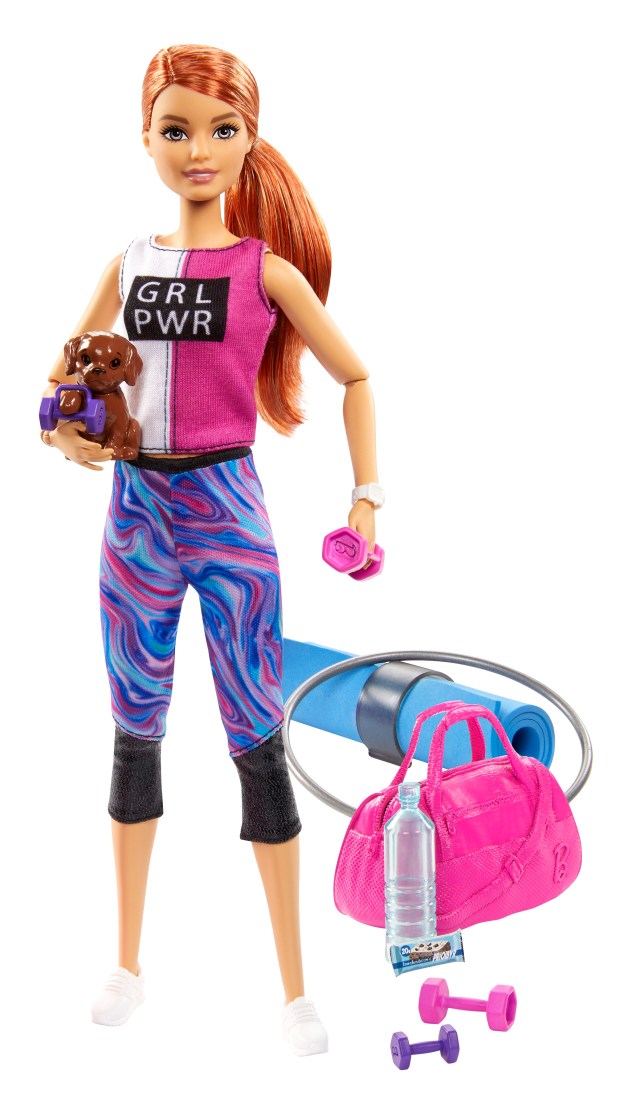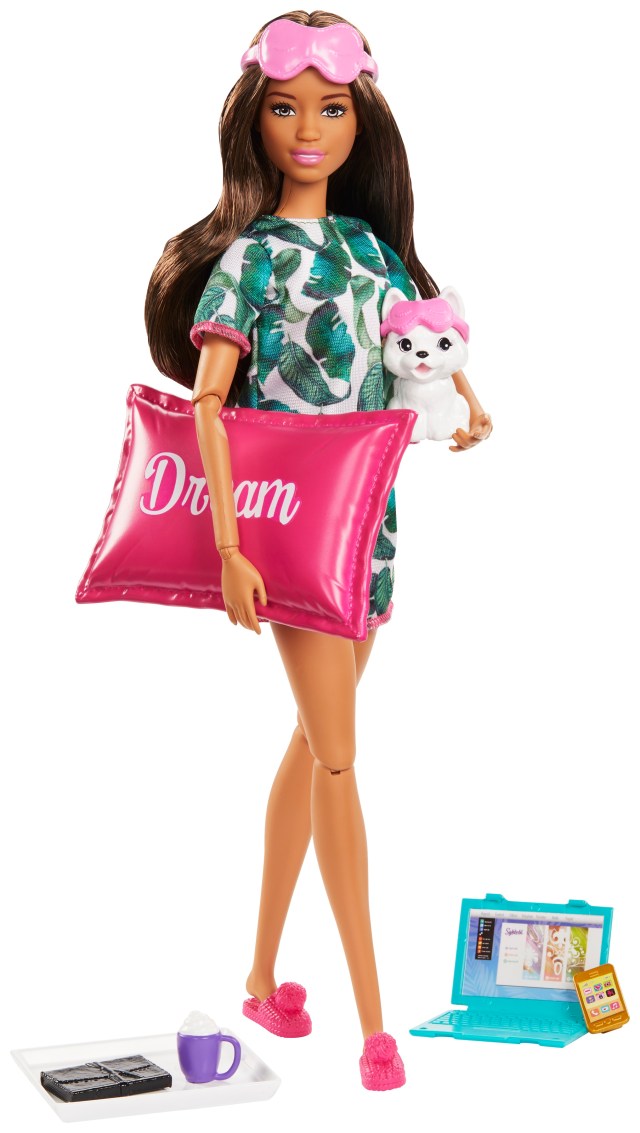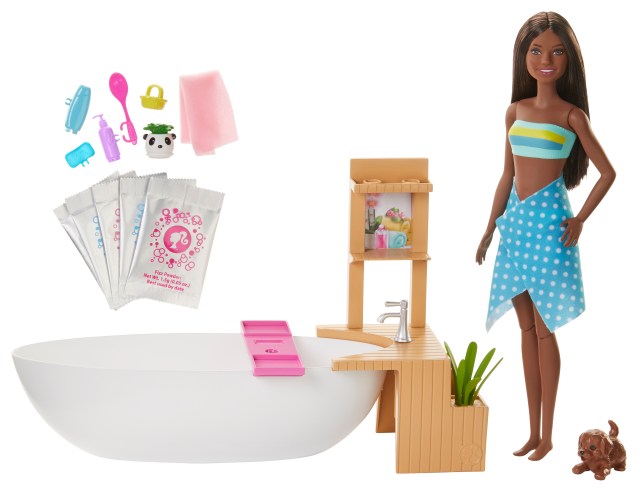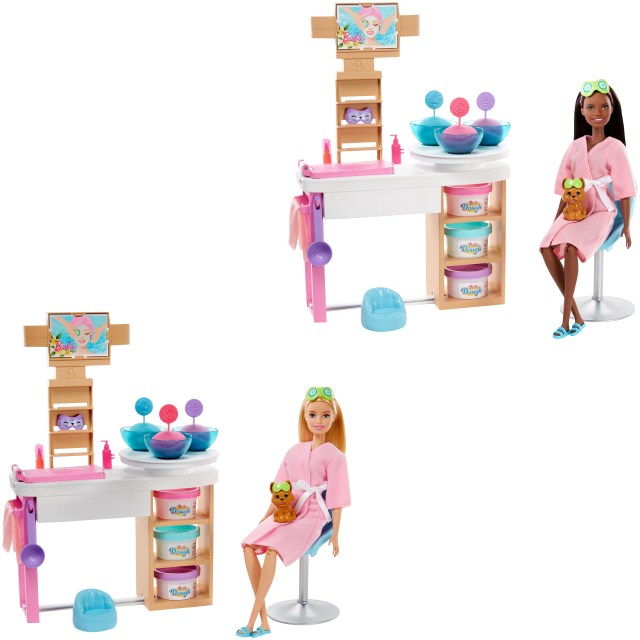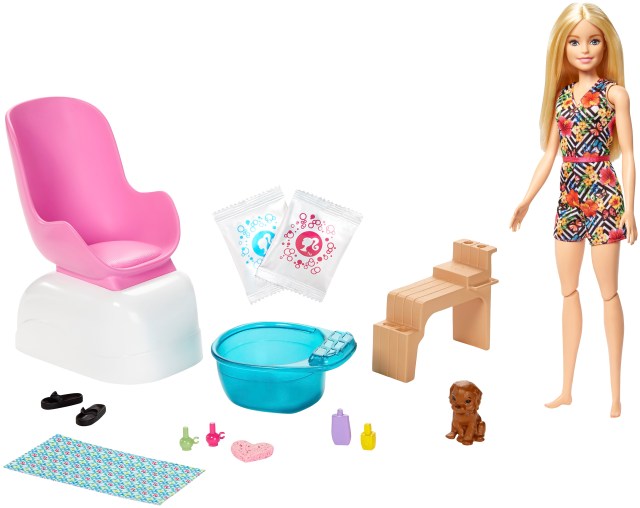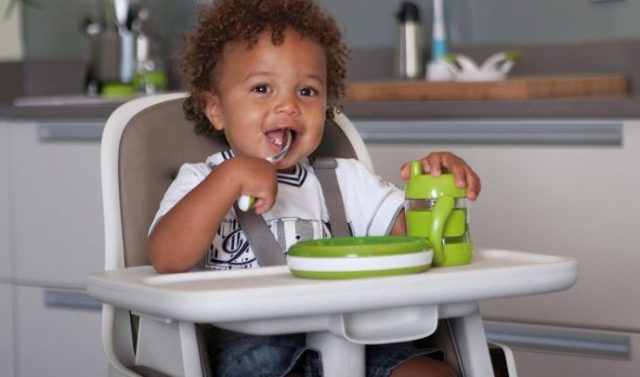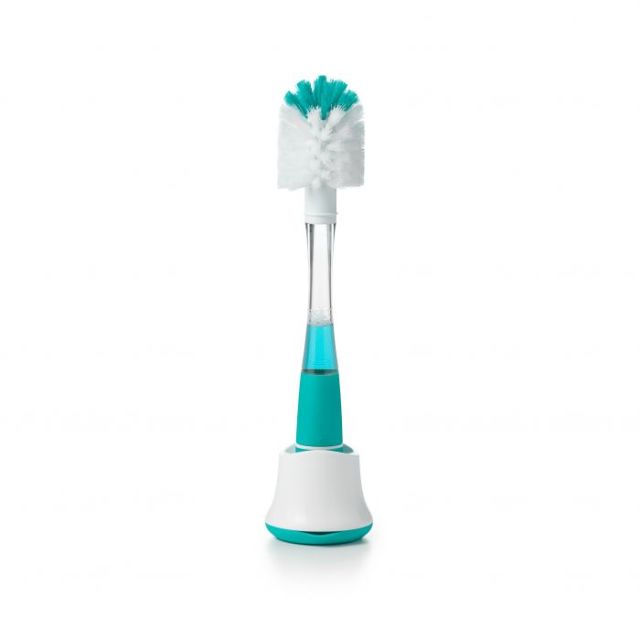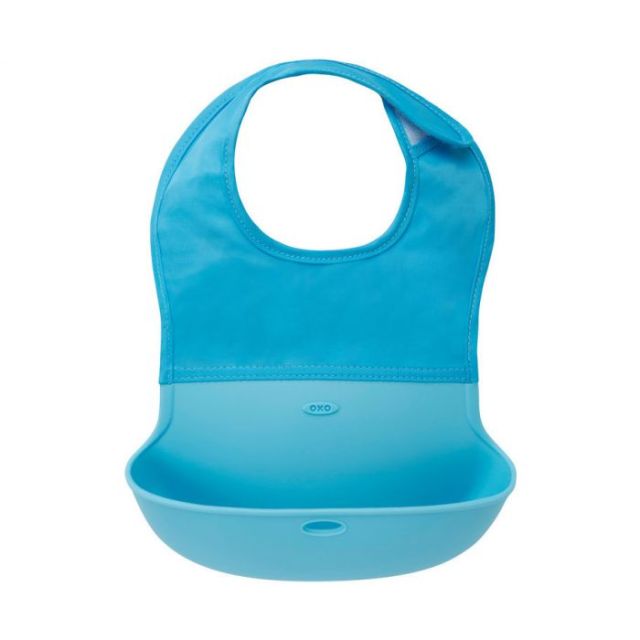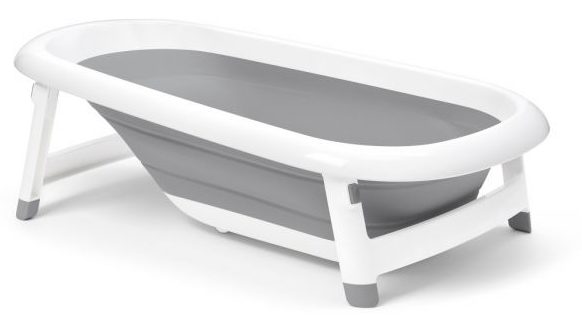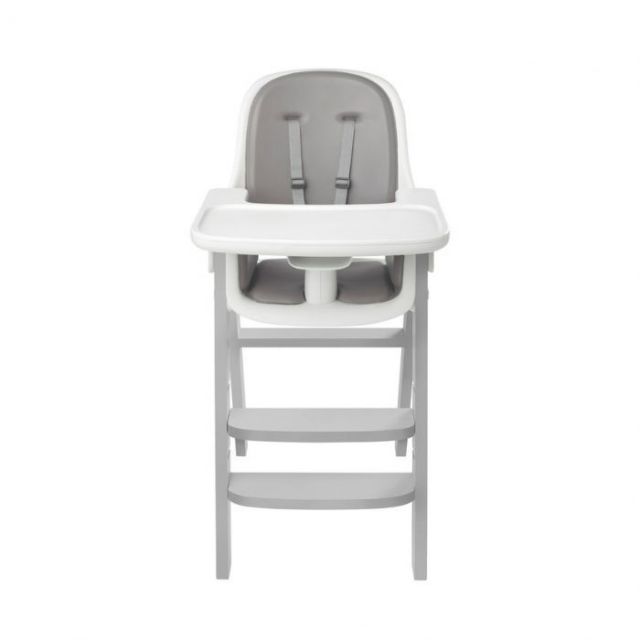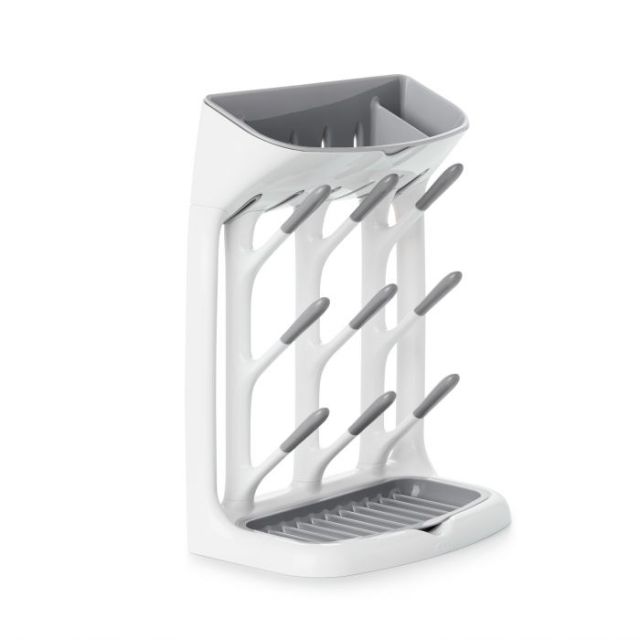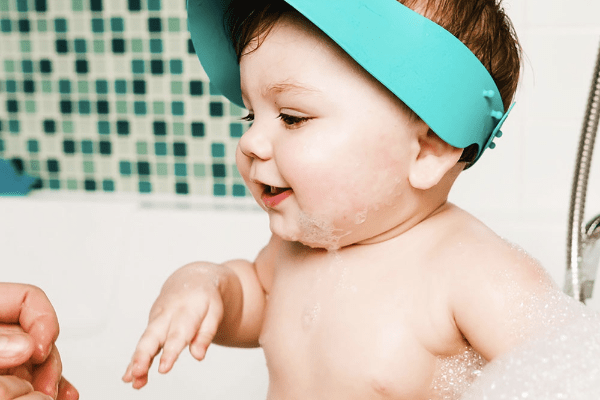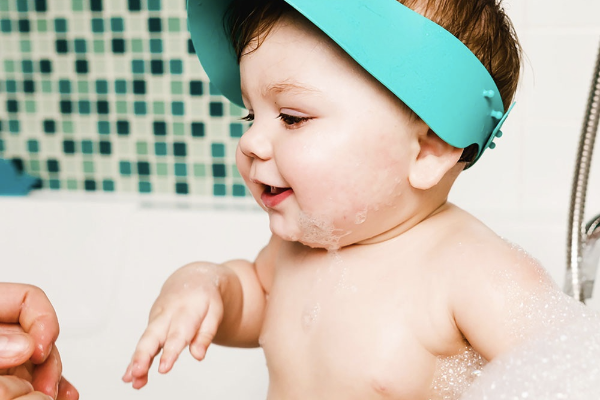The kids (ages 4 and 5) were happily playing in the bathtub singing songs and making “potions” whilst I scuttled around getting their stuff ready for bedtime.
After a couple of minutes, I usually pop my head into the bathroom to make sure everyone is doing OK and following the bath rules (i.e. no standing, throwing toys, etc). As I peek around the bathroom door I see my 4-year-old daughter drinking water from what I presume is an old bottle filled with the dirty bath water.
This is not the first time I’ve caught my daughter sipping suds. So I say in an authoritative voice (not shouting but raised volume) “What are you doing drinking that water!!?? We’ve talked about this sooooo many times! STOP. DRINKING. THE. DIRTY. BATH. WATER!”
My daughter’s eyes immediately start to well up with tears and she stutters as she says to me in a tearful voice, “This is clean water. My cousin got it for me in a water bottle.” (We had family visiting and people were always buzzing in and out of rooms.)
Immediately I softened my tone and realized she was telling the truth (validated by her cousin shouting in agreement from the other room). “OK my darling. I didn’t realize she had done that for you and I thought that was old, dirty water. I’m so very sorry.”
With those words my daughter’s eyes stopped spilling over with tears, the corner of her lips turned upward toward a smile and we locked eyes as she placed her hand over mine when I wiped a tear away. She knew I meant it and felt that in her soul.
How Modeling Factors into the Equation
When was the last time your parent(s) said they were sorry to you? When was the last time you said you were sorry to your child(ren)? I’ve spoken to many people who have never heard their parent apologize for anything. But of course, on the other side are the parents who are excessive apologizers.
Then we have those insincere apologies when a parent says something along the lines of “I’m sorry you heard X that way,” which means it was your fault for misinterpreting their comment, not an admission of feeling sorrow for what they said and/or how it made you feel.
Somewhere in the middle of the “never-apologizers,” the “always apologizers” and the “insincere apologies” we as parents need to find a happy medium where we sincerely apologize when our behaviors warrant it.
Where I grew up saying you’re “sorry” was often viewed as a sign of weakness or that you were conceding to an argument. When I was younger, I thought if I apologized for my actions, that others would view me as weak. As I grew and was exposed to other ways of thinking about the phrase “I’m sorry,” I began to realize just how wrong I had been.
What is an apology and why is it (at times) so hard to say?
An apology is when we express remorse and take responsibility for our actions and the subsequent impact on someone or something else. For an apology to be truly sincere the person giving it needs to make efforts to ensure certain behaviors/actions won’t happen again.
Often, it’s much easier to apologize to the person you bumped into waiting in line than it is to a family member or someone you love. Why? The reason is simple and hits us all at our core. The person at the store has no emotional value or connection to you so no matter how they respond we usually aren’t emotionally invested in their acceptance/refusal of the apology.
To offer a sincere apology means you have to be humble. It means that for a brief moment in time you are admitting your imperfections and allowing yourself to be vulnerable; usually with the ones you love the most, or with those whose opinions matter to you (i.e. friend, colleague, family member, etc).
This is a very uncomfortable place to be…feeling exposed, unguarded, and defenseless as if you’re standing in the spotlight naked in the middle of a stage. Everyone is able to see all the bruises, scars, and jagged edges made sharp from the years of going over-and-over-and-over the wounds of our past. Showing that side of us can feel very, very scary.
WHAAAAAAAAT? I’m asking you to show your child you’re vulnerable? Show your child you’re human? Show your child you make mistakes and that you’re not a perfect superhero? What good will that do? (I’m sure you’ve caught on to the sarcastic inflection).
My children have heard me say “I’m sorry” more times than I can count. I am not an “over” apologizer by any stretch of the imagination (just ask my spouse :), yet I am a strong believer in owning my actions and behaviors. Plus I have four little eyes always watching what I do and how I handle situations. This means when I mess-up, I fess-up.
It’s liberating to say “I’m sorry” when you’ve wronged someone. When you show vulnerability you’re actually being courageous. Just like with everything in life, you get better with practice. My children initially struggled to say those words when they messed up. Yet with time and practice (and watching both parents apologize) they have become masters at saying “I’m sorry.” I can’t tell you how quickly those words decrease my anger when they immediately apologize for something they knew they shouldn’t have done.
I wasn’t always good at saying “sorry.” My spouse is much better at apologizing than me and has modeled how to do so with grace and dignity. This modeling has been a massive help to me. Seriously, even when I know an apology is needed I still sometimes struggle saying those two magic words. I am human, ya know. ;)
Imagine what the world would be like if everyone apologized when they messed-up and made steps to change bad behaviors?
Our children look to us for guidance on how to cope with and manage social relationships in a world of inconsiderate and rude people (that includes you and me. Come on, admit it. We’ve all had our “moments” and they’ve impacted someone else). Saying “I’m sorry” has the power to stop an altercation, heal a broken heart and/or mend a relationship.
Arming your children with the power of being able to sincerely say these two words will be vital to their mental and emotional health. If your family tree doesn’t drop “I’m sorry” apples, why not be the one who changes the direction of your family branch?
Kids often view their parents/guardians as “gods” that are perfect and never make a mistake. This sets them up for failure from the get-go cause aint nobody perfect. Instead, offer your child(ren) the best version of yourself and show them how to be vulnerable, courageous, kind and confident in their imperfect selves.
“A MAN SHOULD NEVER BE ASHAMED TO OWN HE HAS BEEN IN THE WRONG, WHICH IS BUT SAYING… THAT HE IS WISER TODAY THAN HE WAS YESTERDAY.” —ALEXANDER POPE
I am a 42-year-old biological mother of two young children in a same-sex relationship, a clinical psychologist with a specialty in neuropsychological assessment, a music therapist, a trainer of therapy dogs and ex-communicated Mormon from Indiana with a wicked sense of humor.
